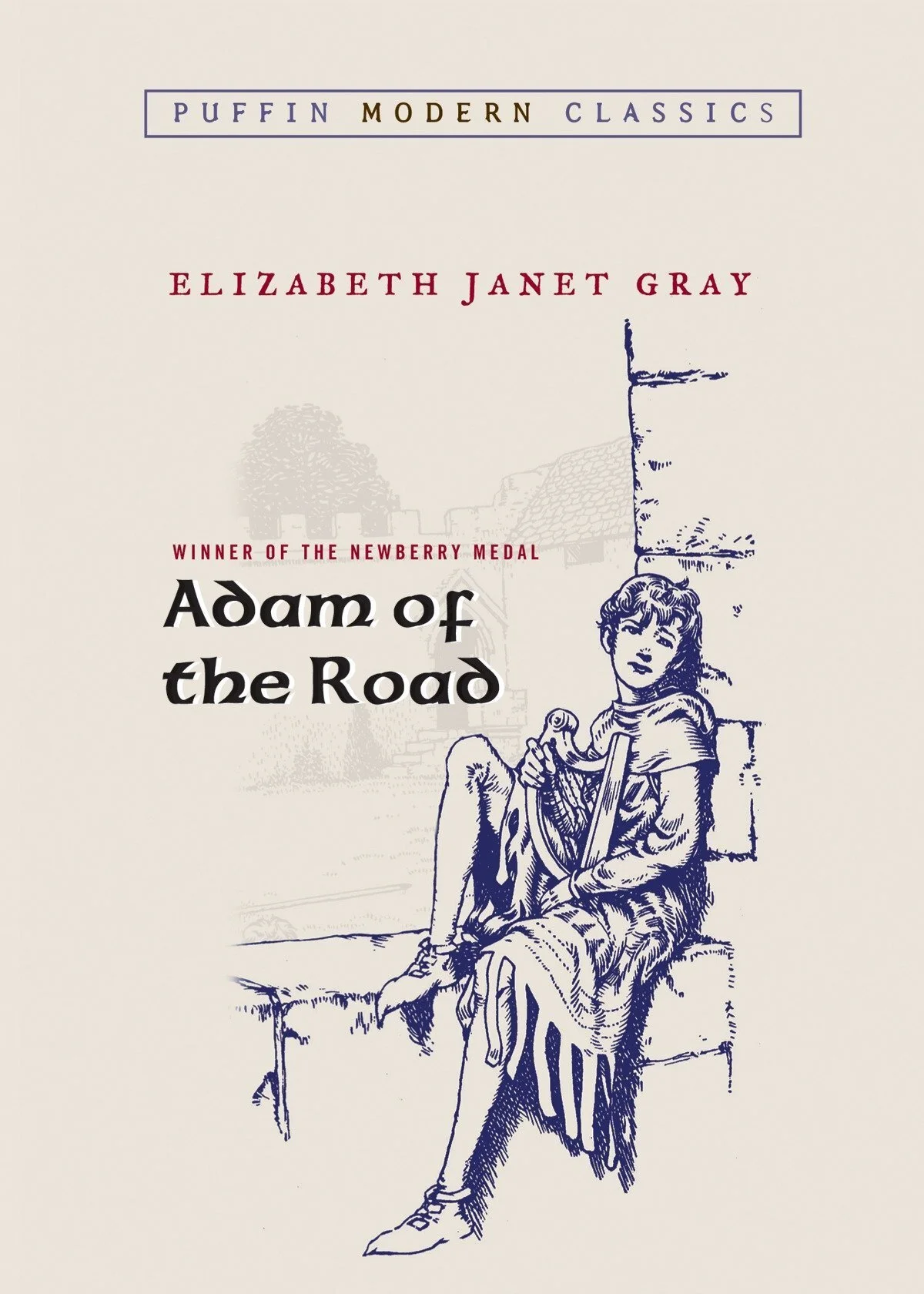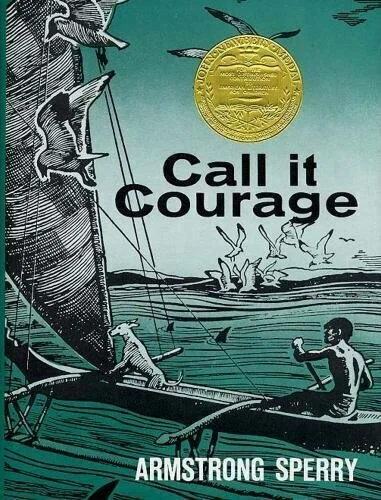The Matchlock Gun (1942)
Of all the Newbery books I’ve read so far, none has aged quite so poorly as The Matchlock Gun, and that’s saying something. It’s an NRA wet dream come to life, a story I’m sure plenty of militia members still read to their kids before bed, and a book that only works if you’ve been living off-grid your whole life and have never met an actual, human child.
There are two hunches I have as to why The Matchlock Gun made the list. The first is the author, Walter D. Edmonds. Like some previous winners, Edmonds began his literary career writing adult literature—The Matchlock Gun is, in fact, his first children’s book. But unlike previous winners, Edmonds was actually a wildly successful adult author. His first book, Rome Haul, was adapted into a feature film directed by Victor Flemming and starred Henry Fonda in his first-ever film role. 1936’s Drums Along the Mohawk was even more successful, again adapted to a film starring Henry Fonda (his first-ever color film) and earning over $1 million at the box office, quite a feat in the ‘30s. By 1942, Edmonds would have been a household name akin to, I don’t know, Dan Brown circa 2005. His move to children’s literature would have been notable.
The other hunch I have is that the selection committee was doing its part to stoke the flames of patriotism at a time when a lot of middle readers were staring down the very real possibility of being shipped over to Europe to fight in World War II before all was said and done. America officially entered the War in 1941, but imagine how bleak the outlook was by the time we threw our hat into the ring: Germany had already conquered the whole of Europe outside of the Iberian peninsula and the British Isles. They had ahold of most all of North Africa. Britain was on the cusp of falling to the Nazis. In 1942, no one knew how long the war would go on, and it seemed just as likely that all of Europe would be an Aryan mega-state as it did things ever returning to normal. The war had been going on for four years by this point, and the Nazis kept winning. America’s entry into the war was a major commitment, and the public needed to consistently, spiritually support the war for years if there was any hope of defeating the Nazis.
Even today, the Revolutionary War is an emotional shortcut for many Americans to tap into a sense of national pride. Though the shine has faded over the past several years as more and more people (rightfully) consider the fuller context of the Revolutionary era, it’s the time when Americans were most united in their desire for independence and freedom. The Matchlock Gun takes place a decade or two before the Revolution in the midst of the French and Indian War, but it’s the same basic window dressing with the same cultural totems that have left us frothing at the mouth since we developed a culture. Frontier independence? Check. Helpless women in need of defending? Check. Threatening people of color looking to murder and steal? Check. (I didn’t say it was pretty window dressing.)
And, of course, guns. On average, 38, 826 people in the US die from gun violence each year. 1,663 of those victims are children. In 1942, a book about a 10(!) year-old using a gigantic, antique gun to murder people would have theoretically come across as patriotic, a reminder to our culture that peace and freedom are fought for, not gifted. Reading it today, the book is vaguely terrifying. Rather, it would be terrifying if it weren’t so remarkably, hilariously bad.
Let’s start with the setup: what kind of father leaves his family to defend themselves with a gun that’s SO OLD you operate it by literally holding it next to a fire? That’s right—the titular gun is so ancient that it doesn’t even have a trigger. And 10 year-old Edward’s daddy doesn’t even bother showing his wife how to use it, but skips straight to his pre-pubescent child. That’s whack. Even more whack is when Edward actually uses the gun to kill three Indians after they throw a tomahawk into his mother’s back. When Edward tries to pull the tomahawk out but realizes he’s too weak to dislodge it himself, he enlists his younger sister to push their mother off the porch to jolt it out of her. Yikes!
This is grizzly, graphic shit, and you get the sense that Walter Edmonds didn’t quite understand the concept of a children’s book. Yeah, it’s about a kid I guess. And it’s short (like, 60-some pages short). But a short book featuring a child doesn’t quite cover all the bases. Instead, Matchlock reads like Edmonds just didn’t finish sketching out a longer adult novel, decided to call it kid lit, and only left in the goriest bits. Thinking of reading this out loud to a child is kind of funny in theory, but it’s wild to me that some people probably still do. (All three copies at my library were checked out, with three people in line ahead of me to read them.)
I could say more about the racist under- and over-tones of the story, or how it’s basically the size of a pamphlet instead of a book, or how Edward is so desensitized to violence in this world that his first thought after killing three people is “dang, this’ll be a fun story to tell my grandkids someday”, but there’s no need. Part of me is a little torn about how to rate this book. I’m an unashamed lover of bad art, and The Matchlock Gun is a weird sort of pinnacle in the context of what I’ve read so far. On the other hand, this is easily the Newbery winner I’m least likely to ever read to a child or recommend to a friend.



